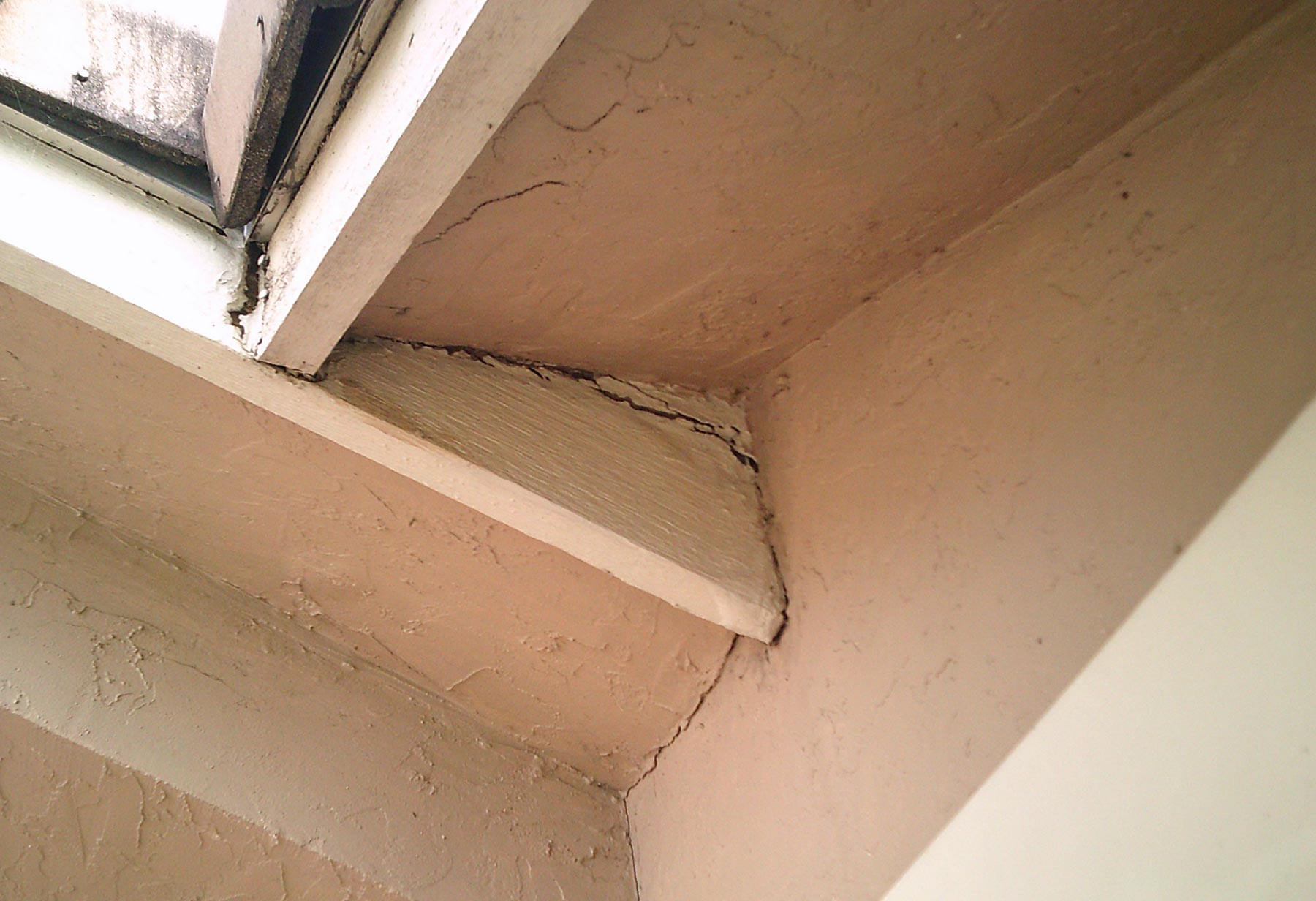
Replacing Fascia: Taking Care of Your Roof
The fascia is the horizontal board that runs along the lower edge of the roof and is connected to the ends of the rafters/trusses. Replacing the fascia boards at signs of rot is an important task because of the crucial structural role it plays in creating a barrier between the edge of the roof and the outside to keep rain and moisture from penetrating your roof, also serving to support the lower edge of the bottom row of tiles and gutters. Due to their exposure to the elements in Florida, which can cause rotting over time, maintaining and replacing your fascia when needed is vital to your roofs integrity and attention must be paid to its condition.
The vulnerable location of fascia boards and especially their exposure to water make them an area of the house that is commonly damaged. In addition to their structural function, these boards serve an aesthetic purpose too: they create a smooth finish to the edge of your roof – maintenance and sometimes replacement is therefore important to the overall wellbeing of your home. Fascia boards are usually made from wooden materials and are thus vulnerable to rotting – depending on the type of wood used they can sometimes last for several years. The condition of the existing roof and the fascia materials determines how often they need replacing or repairing along with the climate of the region in which you live – humidity and heavy rainfall can increase the rate of degradation. Sometimes the top edge of the roof is leaking and that can cause rotten fascia and occasionally, rotten soffits.
There are several signs that point towards the need for replacing the fascia on your roof. A key sign is if there are soft patches in the wood as this is a sign of rotting and could eventually lead to holes forming. If the paint is flaking, this is another general sign that the boards are aging and need to be repaired or replaced.
Although the deterioration is inevitable, there are some precautionary ways to slow down this process.
- Type of Wood – when replacing it is vital that you carefully choose the wood to be used. Wood that is naturally decay-resistant is advisable, such as the Cedar or Cypress for residents of Florida. Also, it will help to select a wood whose grain structures are not conducive to splitting or warping as a result of sun and rain exposure.
- Type of Nails – another helpful tip is to ensure the roof contractor uses good quality building code approved stainless steel or galvanized nails. Fascia boards should never be nailed near the edge where the grain ends as this can cause splitting. Often rotting is found in the joints of the fascia when it has been nailed incorrectly. To help prevent the rotting of these edges, it is advisable to paint the ends of the fascia board with a good-quality primer. Leaving the board in the primer for a while allows it to ‘soak up’ the paint into its grain, which will seal the wood and prevent water from being allowed in and soaking it.
- Nail heads and joints and gaps should always be caulked with a high quality waterproof caulk.
If fascia damage is ignored, it can lead to the roof structure becoming damaged too, which will eventually result in a higher repair bills. It is advisable that the home-owner consults with a professional to assess the condition of the fascia and determine whether it needs replacing or repaired. Contact us today!
